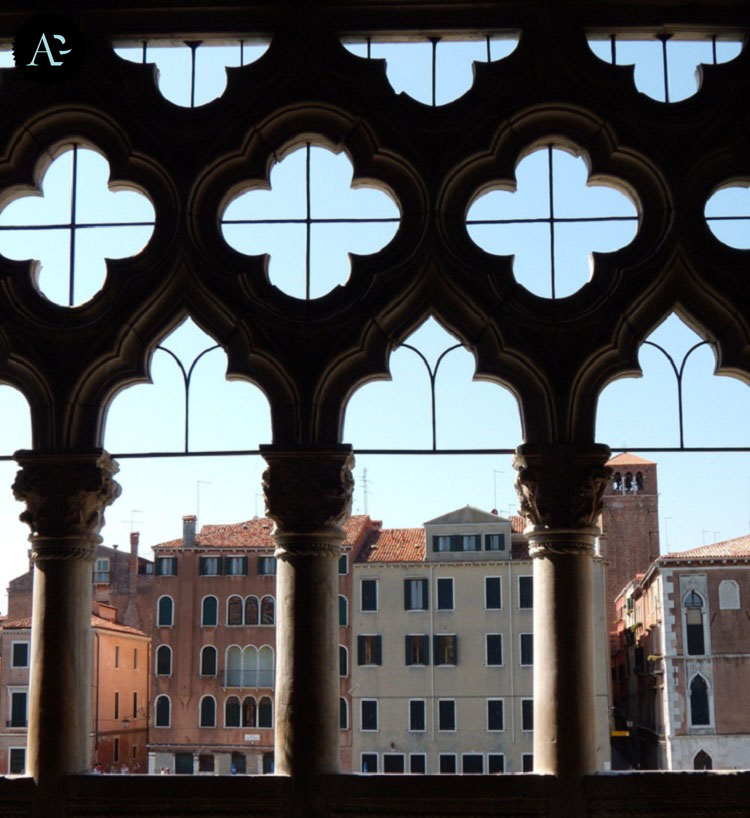
Along the Grand Canal there is a palace that attracts everyone’s attention.
It is the Ca’ d’Oro, a 15th century palace with a fabulous façade and home to the Giorgio Franchetti Gallery, one of Venice’s must-see museums.
Originally, the façade of the Ca’ d’Oro was decorated with some gold-covered details, creating a stunning luminous effect. This is why, despite the fact that the decorations have now disappeared, it assumed the name Ca’ d’Oro.
Its façade is still one of the most original and fascinating of all the palaces overlooking the Grand Canal.
Ca’ d’Oro Venice: Giorgio Franchetti Gallery, a masterpiece of Italian Gothic art
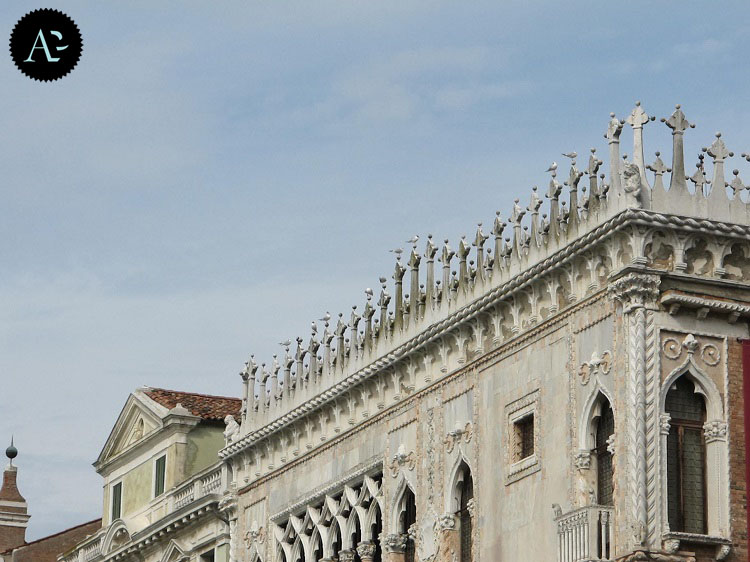
The Ca’ d’Oro is one of the most important buildings in the city and is one of the masterpieces of Italian Gothic architecture. Built in the 15th century, the palace was commissioned by the wealthy Venetian merchant Marino Contarini and is one of the best examples of Venetian Gothic architecture.
In fact, Marino Contarini had purchased a Byzantine building but decided to demolish it to build this new palace, using the old foundations and reusing the bricks.
Contarini was a very cost-conscious Venetian merchant, so he created a building using the existing foundations and recoverable materials such as bricks. He also followed all phases of the work and, at the State Archives in Venice, the merchant’s account book is still preserved in which he recorded all expenses incurred and from which important information on the names of the architects, artists and workers who worked on the project can be deduced.
HISTORY OF THE CA’ D’ORO
Construction of the palace began in 1421 and was completed in 1440, when Marino Contarini died. The façade of the palace, which overlooks the Grand Canal, is decorated with a series of ogival arches in white Istrian stone, interspersed with marble friezes and masks. The decoration of the palace was carried out by some of the greatest artists of the time, including Giovanni Boccati, Giovanni and Bartolomeo Bon, and Maffeo Olivieri.
After the death of Marino Contarini in 1441, and later of his son, the Ca’d’Oro underwent a series of changes of ownership that also led to a change in the use of the palace, which at one point was even divided into many residential units. In the 19th century, the building was in very poor condition, and at the behest of the then owner, restoration work began, which on the one hand helped to prevent its deterioration, but on the other altered the façade by adding new elements, such as the terraces on the ground floor (fortunately no longer existing!).
THE RESTORATION
In 1894, Baron Giorgio Franchetti purchased the Ca’d’Oro and began a lengthy restoration to bring it back to its former splendour, with the intention of placing his own art collection there.
Franchetti personally supervised the work and took care to recover the original and noblest materials. For example, he bought back from a Parisian antiquarian the well-curb, which had been removed shortly before the sale. He also decided to embellish the portico on the ground floor and created a floor mosaic, probably on a design he created himself and inspired by the medieval geometric motifs seen in St Mark’s Basilica and Torcello Cathedral. The materials of which the floor is composed come from ancient marble from columns and basins bought in Rome and other cities, then had them specially cut by artisans to make tesserae, which the baron himself laid.
After his death, his son Carlo completed the work, but only after marking the limit of his father’s work with a line of black tesserae.
In 1927, the Ca’ d’Oro opened to the public as a museum.
The Italian State, keeping faith with Franchetti’s spirit, completed the work and in 1927 inaugurated the museum entitled ‘Galleria Giorgio Franchetti’, housing the works of art collected during the Baron’s lifetime, including works by Andrea Mantegna, Titian and many other artists.
Entering the portico of the palace, look for a porphyry cippus. There lie the ashes of Giorgio Franchetti, who rests in the palace he loved so much.
STRUCTURE OF THE CA’ D’ORO BUILDING
The palace has a U-shaped plan and an inner courtyard, in the centre of which is a well with the allegories of Charity, Fortitude and Justice.
From the outside, the building appears asymmetrical with the right side full and clad in precious marble and the left side made up of three openwork bands, while the central axis is emphasised by the battlements that appear higher at that point.
The shapes of the fretwork on the first floor and the crenellated band at the top are also similar to those of the Doge’s Palace, as the external part of the Doge’s Palace as it has come down to us dates from these years.
Inside the palace, the rooms have painted ceilings, cloth-covered walls and period furniture, which give the palace a timeless elegance and charm.
THE CA’ D’ORO ART COLLECTION
The works in the Giorgio Franchetti Gallery at the Ca’ d’Oro constitute an extensive collection of 15th and 16th century Venetian art, including paintings, sculptures, tapestries, furniture and decorative art objects. Some of the most important works in the collection include Mantegna’s famous Saint Sebastian and Titian’s Venus at the Mirror.
In addition, the Palazzo Ca’ d’Oro is famous for its collections of Venetian glass, which are displayed in a special room, and for its collections of medieval and Renaissance weapons.
The Palazzo Ca’ d’Oro is one of Venice’s most important monuments and a priceless work of art. Its art collection, its architecture and the ancient and mysterious atmosphere surrounding it make it a must-see place for visitors wishing to discover the fascinating and unique history of Venice.
Visiting the Giorgio Franchetti Gallery at the Ca’ d’Oro is a must for every tourist in Venice.
You can buy your Ca’ d’Oro ticket to visit the museum directly from the official website.
CURIOSITIES ABOUT THE CA’ D’ORO
Over the centuries, the palace has been the centre of many legends and mysterious stories. Here are the curiosities worth remembering.
- It is said that the ghost of a young woman is still present inside the palace, where she wanders about at night crying and moaning.
- During the First World War, the financial commitment to restore the palace had become too much for Baron Giorgio Franchetti and in 1916 he agreed with the Italian state for financial aid. The agreement was to hand over the palace to the state upon completion in exchange for the money needed to complete the work.
- However, the Baron was allowed to live in the palace in order to follow the restoration work closely and it was here, already seriously ill, that he committed suicide on the night of 1922 with a pistol shot.
- Among the works of art exhibited in the palace is an important collection of works by Andrea Mantegna, one of the greatest Italian painters of the 15th century. One of the most famous works is the ‘Madonna with Child and Saints’, a large panel painted by the master around 1490.
- The Palazzo Ca’ d’Oro’s art collection has been admired by many famous artists, including the French artist Henri Matisse, who drew inspiration from the works on display for his famous series of paintings called ‘Les Fauves’ (the ferocious beasts).
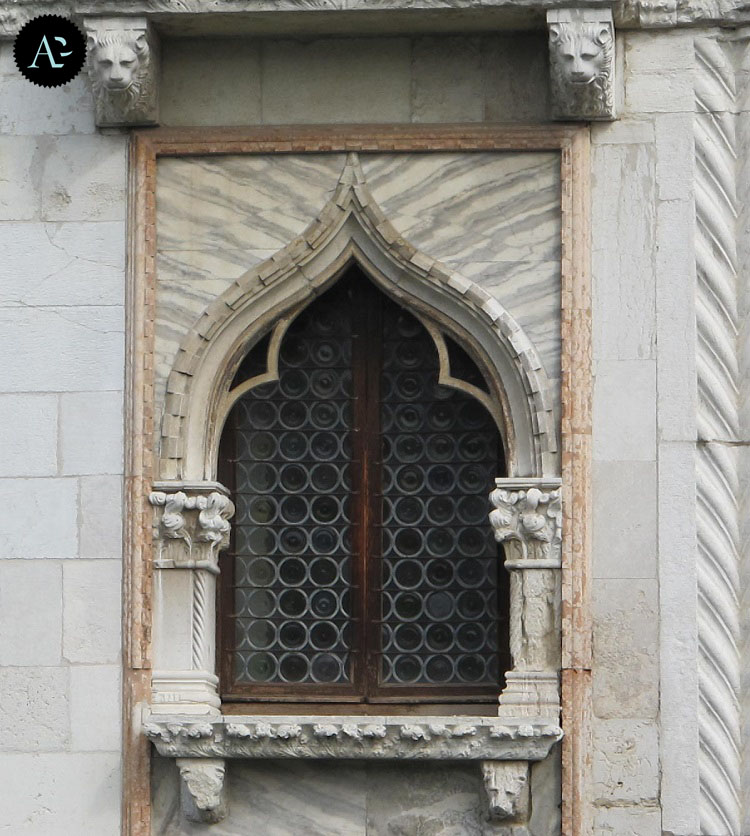
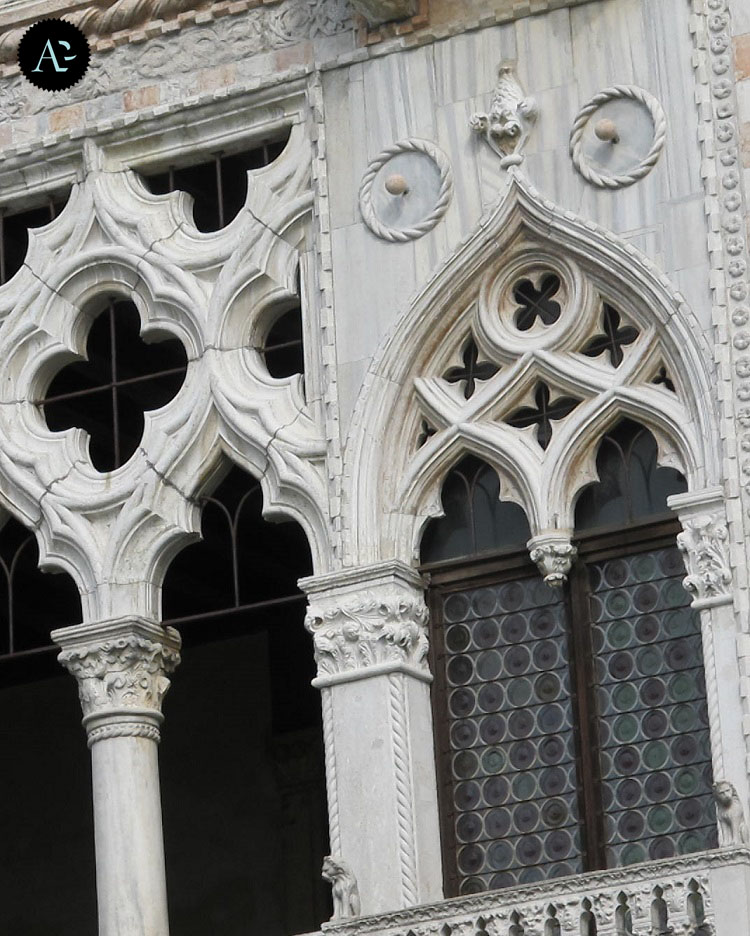
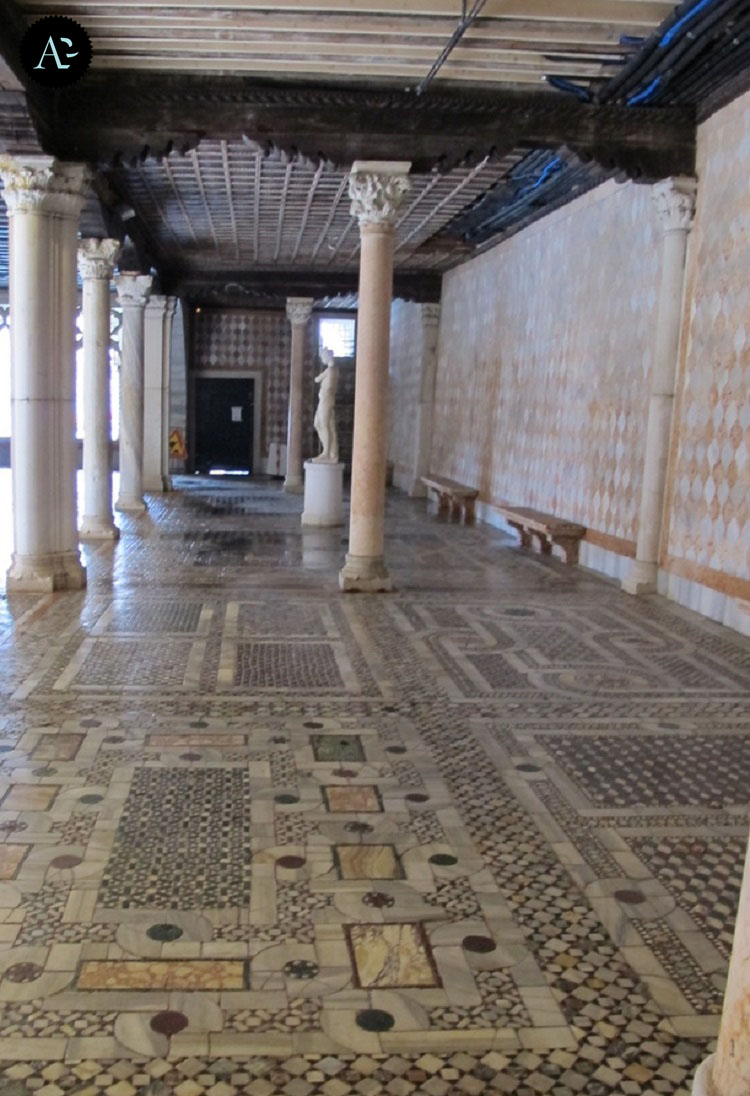
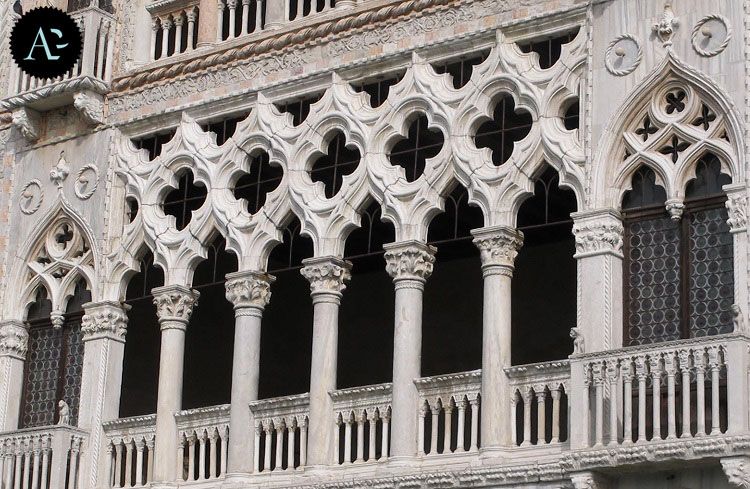
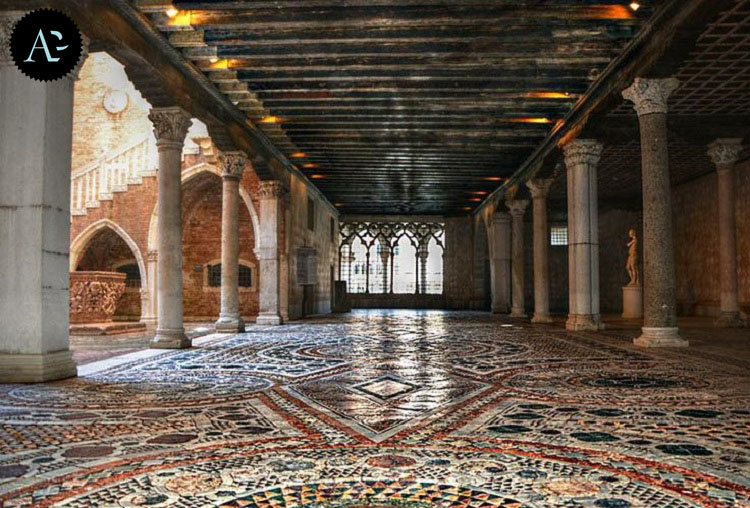
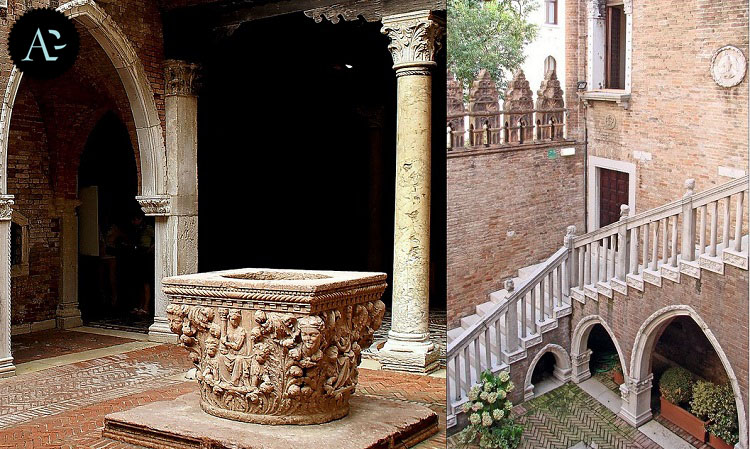
INFO
Galleria G. Franchetti alla Ca’ d’Oro
Cannaregio 3932 – Venezia

